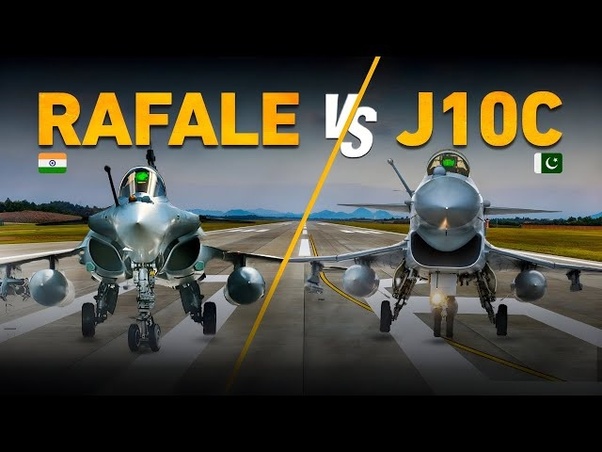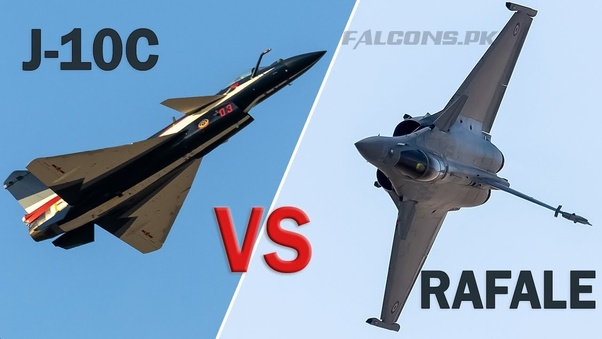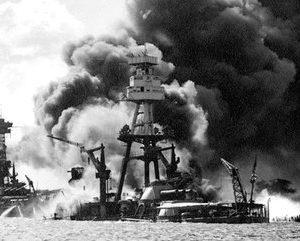The Rafael isn’t inferior to the Chinese J-10C. In fact, the Rafael is probably a better plane for multi-role missions.
The J-10, however, was designed with air-superiority in mind first and foremost, against the F-16 and Mirage 2000 that Taiwan was operating in the 90s. Multi-role capabilities are added on later as an after-thought.
The J-10A could do Mach 2 and couldn’t do air to ground at all. This meant that the airframe of the J-10C, which was inherited from the A model, is probably better geared toward air-superiority than the Rafael, which was multirole from the get go.
Just by eye-balling them, the J-10C has a bigger radar, a smaller frontal profile, a longer body and smaller wing span. This is better suited for high speed and beyond visual range air to air missions.


Add to that Chinese radar tech is a probably ahead of the West due to better employment of rare earth minerals, which is a Chinese forte. The J-10C should be a better air to air fighter.
Still, I think the deciding factor in the Pakistan-India air battle of 2025, was that the J-10C, as well as the PL-15E missiles it fired, could receive data and guidance through datalink from other Chinese-made weaponry in the area, like the Chinese AWACS and anti-air missile batteries on the Pakistani front line, while Indian Rafaels and missiles were pretty much on their own, as it’s questionable how well the French tech spoke with India’s Russian anti-air missiles and Israeli AWACS.
Heck I’d wager that the French, Russian and the Israelis weren’t letting foreign countries rewrite their codes at all, so the Indian weapon platforms probably couldn’t speak to each other.
Moreover, the fact that the J10-C shot down the Rafale fighter jet cannot be concealed.






